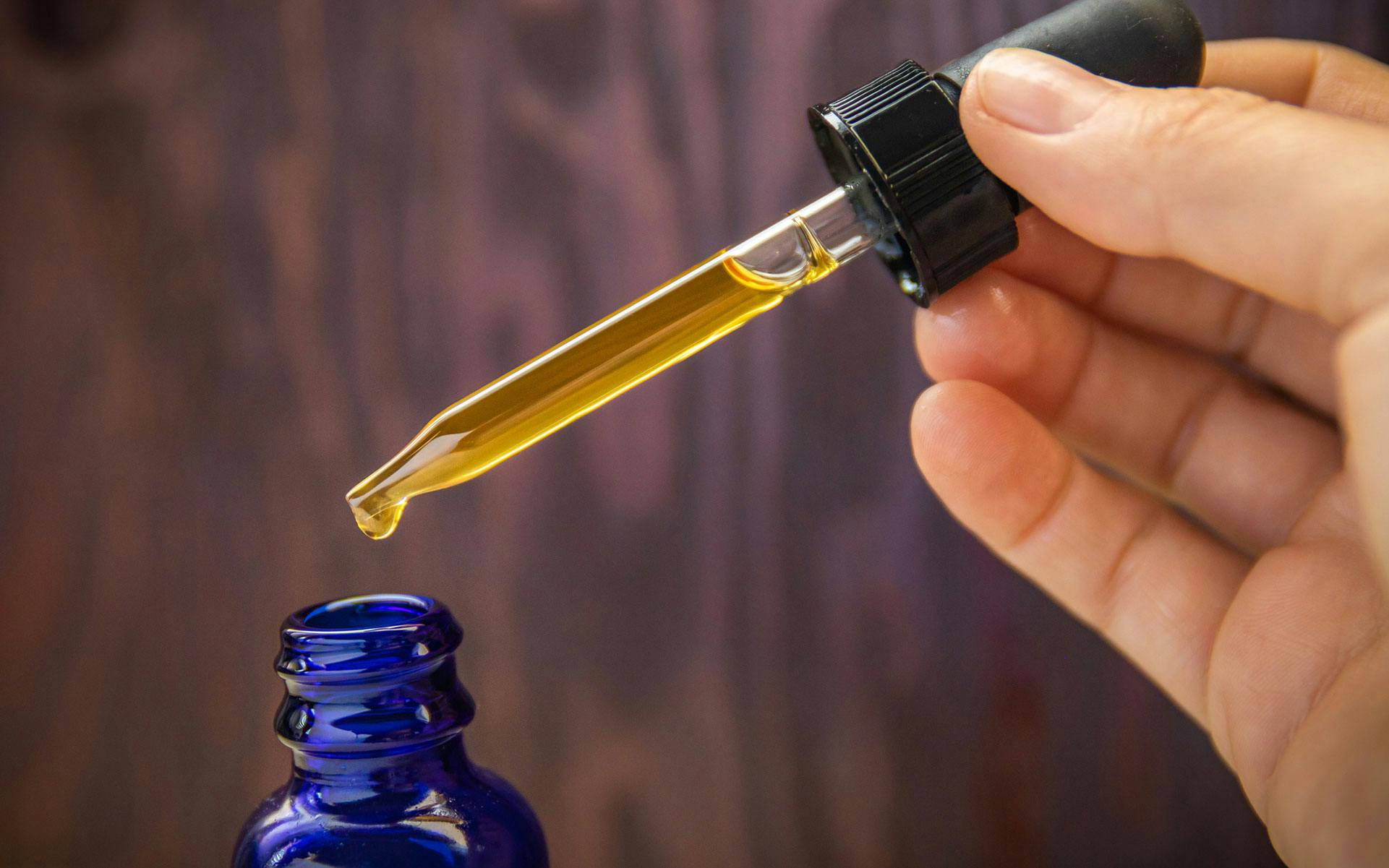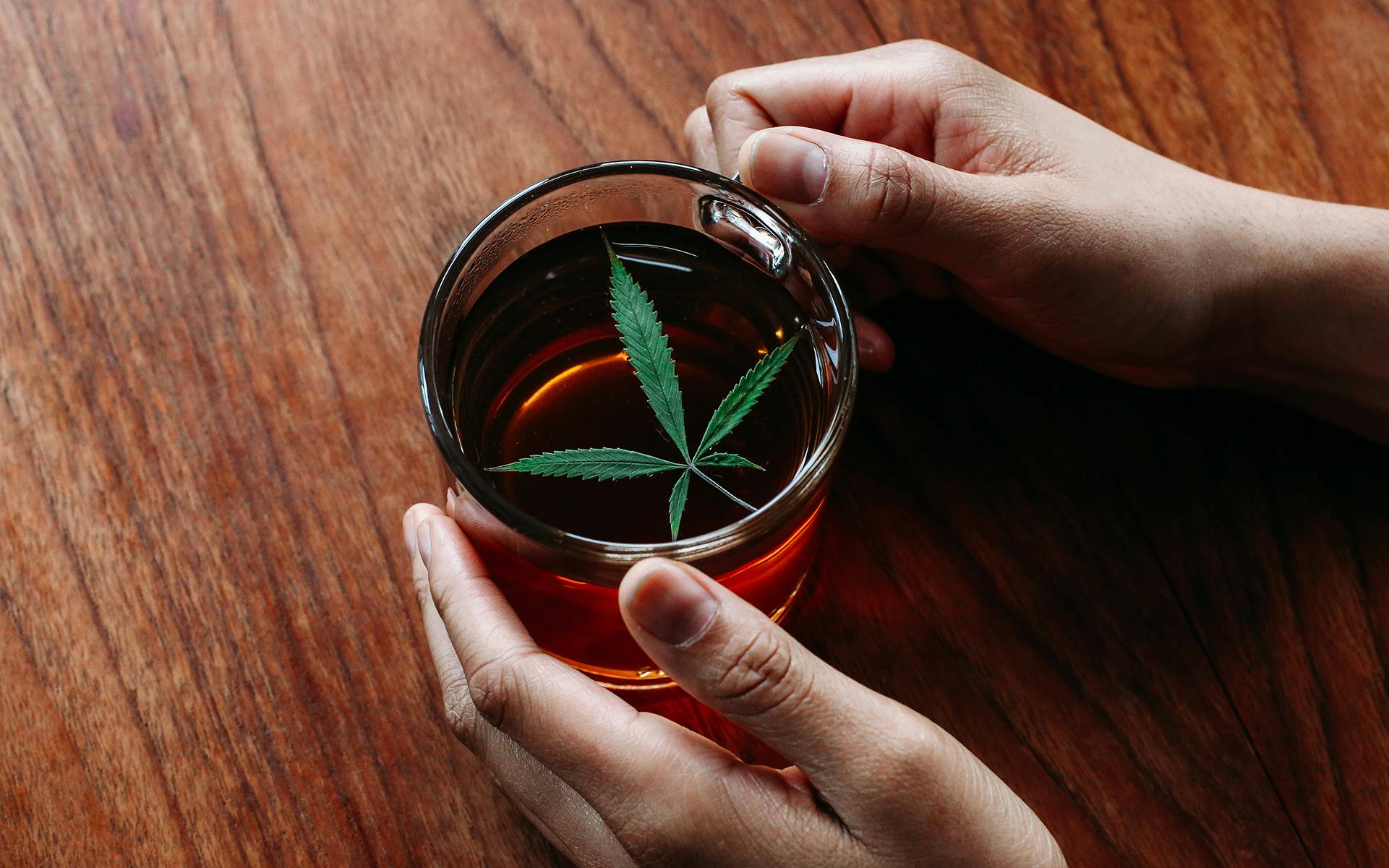Vaporizing or “vaping” of cannabis has gained in popularity over the last several years, just as e-cigarettes have. But what exactly is vaporizing, and is it safe? We’ll help separate fact from fiction.
What is vaping?

(Leafly)
Essentially, vaping is the heating of cannabis without burning. The heat releases the active ingredients into a vapor that is then released into the air in a fine mist created by a vaporizer device. Since combustion does not occur, smoke is not created.
Vaporizer products vary in size and functionality; this article will focus on desktop and portable flower vaporizers.
Is vaping safe?
According to two recent survey studies, people who vape cannabis perceive it to have health benefits and find it to be safer and less harmful to their health than smoking, Furthermore, cannabis vaporizers are specifically designed for inhalation without harmful smoke toxins.
But what do researchers say? Does vaporizing reduce ingestion of potentially harmful toxins like tar, ammonia, and carcinogens found in cannabis smoke? While there is very little research on cannabis vaporizing, studies over the years have shown that vaporizing does produce fewer carcinogenic compounds than smoking marijuana because it is heated but not combusted. Although cannabis smoke is less toxic than cigarette smoke, inhalation of any combustion product is less than desirable. Any type of smoke still contains gases and particulates that can create lung irritation and respiratory problems. In fact, over 100 toxins and compounds are released when cannabis is burned.
Smokers are more prone to respiratory infections and bronchitis, but it’s the smoke that gets you, not the cannabinoids. One of the first studies to compare smoking to vaporizing showed fewer respiratory affects with vaping, based on self-reporting of respiratory symptoms.
The benefits of cannabis vaporization

(HighGradeRoots/iStock)
Many medical patients have problematic respiratory systems and their lungs may be highly irritated by smoke, so they often find relief in vapor inhalation.
Some say vaporizers produce a more clear-headed high because smoke is not inhaled, but there are few studies that research whether vaping and smoking indeed create different types of highs. In an early study of 18 subjects, each subject either smoked or vaped one of three different strengths of THC (1.7, 3.4 of 6.8 percent), followed by measurements of delta-9-THC in blood and carbon monoxide in expired air. While blood levels were not significantly different, expired carbon monoxide was greatly reduced when vaporization was used.
In a recent 2014 study of about 100 subjects who both smoked and vaporized, consumers reported several advantages of vaporizing over smoking, including the lack of smoke smell and better taste. They also reported that the same amount of cannabis product produced more effect with vaping. After the study, nearly all participants planned to continue vaporizer use.
Novice consumers also tend to prefer vaporizing because the vapor can be inhaled in short puffs rather than deep breaths. Additionally, people appreciate the added benefit that it is more discreet to use a vaporizer.
Are there disadvantages to vaping?
The disadvantages reported have to do with the setup of the vaporizer, preparation of the cannabis (it must be ground into a fine consistency), waiting for the vaporizer to heat up, and the cleaning required after each use. In addition to a slightly more cumbersome process, many desktop and portable vaporizers are too expensive for casual consumers (although in the long run, vaporizers can save you money on cannabis).
Vape temperature matters

(Leafly)
A 2009 study was one of the first to look at variable temperatures and vaporizing. Like earlier studies, this 2009 study not only showed fewer harmful byproducts in vaping versus smoking, but also showed that temperature matters.
In this study, cannabis was vaporized at three different temperatures (338°F, 392°F, and 446°F), with the cannabinoid-to-byproduct ratio measured using high-performance liquid chromatography (HPLC). The ratio at 392°F and 446°F was significantly higher than in smoke, showing less harmful toxins when vaporizing.
Most vaporizers heat cannabis to a temperature just below combustion, in the range of 180 to 200°C (356 to 392°F). We now know that the amount of compound released does increase as its boiling point is approached. We also know specific temperatures at which various compounds are released: 220°F for THCA, all the way up to 428°F, right under the combustion temperature of 451°F, for the non-psychoactive compound cannabichromene (CBC).
Therefore, the elusive question regarding preferred vaporizer temperature can finally be answered. If for medicinal use, the temperature is dependent on the compound you need. Temperature for recreational use largely remains a personal preference.
Research on cannabis vaporization ahead
Ten years ago, cannabis research had not occurred extensively because cannabis was illegal in most countries. As cannabis legalization and acceptance continues to spread across the United States and the world, more scientific studies are being conducted. An increase in information about vaporization and better availability of products is creating more appeal to cannabis users for both recreational and medicinal use.
Scientists are begging to study cannabis users to explore both the prevalence and perceptions of vaping, like in this survey of nearly 3,000 recreational cannabis users aged 18-90. Another study examines cannabis intake preferences in advanced cancer patients using cannabis to alleviate symptoms. There are more quantitative studies happening too, like this 2015 study that measured blood levels and confirmed earlier studies that vaporizing is an effective delivery route for THC.
Because more cannabis users are perceiving vaporizers as being less harmful while offering additional benefits, it’s more crucial than ever to encourage continued experimental research about vaporizing as a cannabis delivery method.








